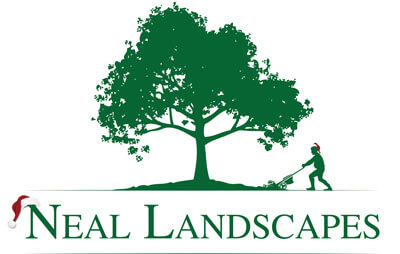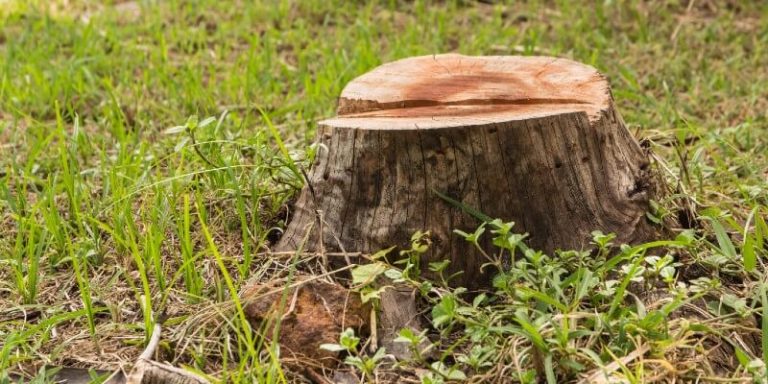As someone that cherishes their garden space, the unsightly appearance of a rotting tree stump is enough of a reason to remove it. On the other hand, for many that don’t have the time to spare, caring for a rotting tree seems like the least of your worries.
However, leaving a tree to rot can cause significantly more harm to your landscape than you might think, making it vital that you know how to prevent it from happening and what to do when a tree begins to rot. A rotting tree stump that is left in the ground starts to take on a life of its own, potentially causing damage to your garden and, in worse case scenarios, your property.
Removing A Rotting Tree Stump: All You Need To Know
Removing a tree stump is no easy task and should always be completed by a professional. The reason for this is that the tree has large roots that grow well beneath the surface; by pulling these roots out, you could potentially pull the entire landscape to pieces.
If you have noticed that your tree stump is starting to rot, then we would highly advise that you contact our team about landscape maintenance in Milton Keynes and the surrounding areas. Our experienced team are able to identify what has happened to the tree and safely remove the tree and its stump if necessary.
When a tree becomes old or looks as though it is dying, the first thing that many people do is cut down the tree but leave the stump. However, this may only cause future issues with your landscape that are harder to identify as you no longer have an eyesore telling you something is wrong. As experts in grounds maintenance services in Milton Keynes and the surrounding areas, we have compiled a thorough guide on why your tree stump may need removing and how to prevent issues in the future:
- What Are The Causes Of A Rotted Tree Stump?
- When To Remove A Tree Stump
- How To Protect Your Trees From Rotting
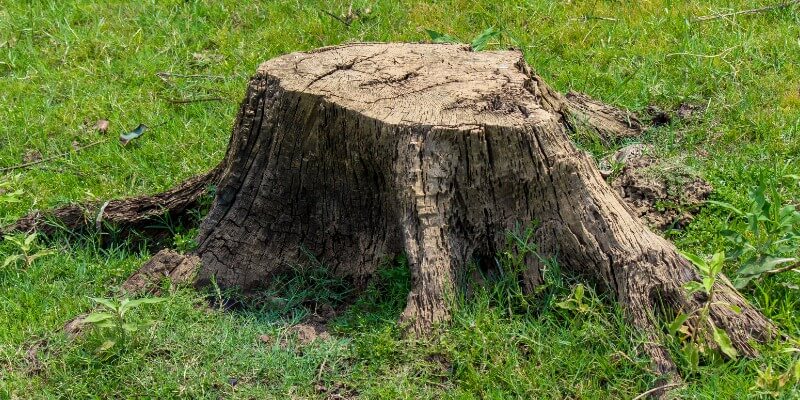
What Are The Causes Of A Rotted Tree Stump?
If you have decided that it is time to cut down a tree, then the stump becomes exposed to many problems. There are various reasons why the stump may begin to rot, and some of them can be due to the reason you decided to cut the tree down. For example, when a tree becomes diseased, the inside of the trunk starts to rot and die; this includes the stump. However, when you only remove the trunk of the tree, then the stump is still left with the disease; this can cause issues not only to the stump but also to other trees and plants in the surrounding areas.
If the tree has been cut down, but the stump is left, it could also be exposed to insects and wildlife that can cause damage. A good indication that this is the case and your stump is starting to rot is when you notice ants, particularly carpenter ants, burrowing their way into the wood. Even if you are unable to physically see that the stump is rotting, then this will help to inform you that it’s time to call the professionals. Other ways to identify rotting wood include the following:
- Decay – if any part of the stump feels soft and sponge-like, this will most definitely be an indication that your stump is rotting.
- Patches of spore dust – while it can be common for wood to experience spore dust, large quantities could be a cause for concern. Spore dust is orange, red and brown in colour and will appear in large patches if the stump is rotting.
- Mushroom growth – mushrooms tend to grow in damp areas, so if you find pancake-shaped mushrooms on or around your tree stump, then it is most likely rotting.
- Damp smell – along with mushrooms, wood rot creates a nasty damp smell, which can be unpleasant for visitors and attracts unwanted vermin.
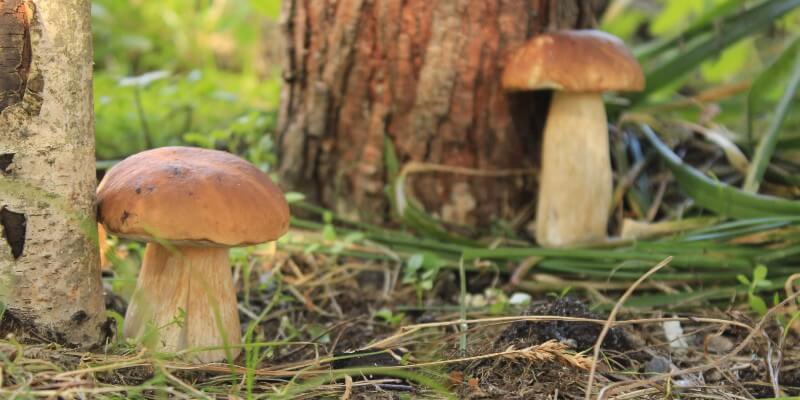
When To Remove A Tree Stump
Whether it is because it is creating a nuisance in your garden or is unsightly to visitors, there are many reasons why you may want to remove a tree stump. It is important to note, however, that if you do decide to do this, you should always contact a professional to do so. While a tree may look small and harmless on the surface, it could have thick, long and deep roots that could damage your landscape or property. If you are unsure about whether your tree stump is causing other, more serious problems, then please feel free to contact our team of tree surgeons in Milton Keynes and the surrounding areas. Here are just a few reasons why you may want to get in touch with the team:
Dampened Aesthetics
For many businesses, aesthetics are everything; they create a specific first impression and brand image. This is one of the many reasons why businesses book in for our commercial landscaping in Milton Keynes and the surrounding areas, and our team spend most of their time creating a beautiful landscape for our clients by cutting and shaping their greenery.
However, a tree stump has the complete opposite effect and can drastically alter the appearance of your landscape. A noticeable defect in your landscape can transform what was once a beautiful garden masterpiece into an unsightly view. This alone can be one of the main reasons why you decide to have your stump removed, particularly if it begins to rot.
Not only does it cause aesthetic issues when the stump is on show, but it can also cause problems for the surrounding trees. This means that all your hard work in creating the perfect landscape could be destroyed by a rotting stump. By removing this stump, it will no longer affect the surrounding landscape, leaving it to look pretty. If you are yet to create a landscape that you love, then we suggest taking a look at Love Your Landscape for inspiration and contacting the team to implement your ideas.
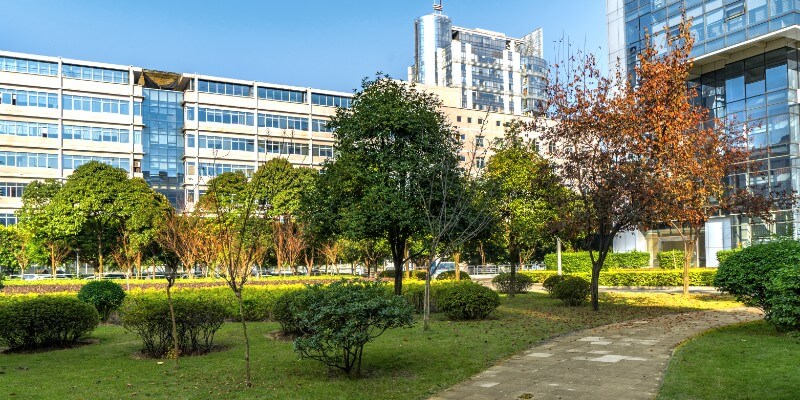
Health Hazards
Health and safety should always be at the forefront of your decision making when it comes to interior and exterior design. This means that even if you believe the stump is not causing an issue, it should be removed for safety reasons. Especially when the stump is not visible, such as among grass or surrounded by bushes, it can cause a trip hazard for those walking around your property. This can be extremely dangerous, and you could find yourself involved in a nasty court case should anyone seriously harm themselves.
Tree Growth
In some cases, a tree stump can cause other trees to grow around the area of the stump. This can result in more unsightly trees and, even worse, a costly project to remove them. It is not only expensive to have more trees removed, but as the roots are likely to continue growing back, you will be required to contact the team again to have further trees removed, which means lots of costly visits that could be resolved by removing the stump. If you have the tree cut down and do not wish for it to grow back, as long as it is safe to do so, we would always advise that you also remove the stump to minimise future issues.
Difficulty Landscaping
When booking your landscape maintenance with the team, you want the service to be completed swiftly so that no downtime is caused to your business. However, when there are unexpected tree stumps or other obstacles that the team have to work around, it causes a delay in your landscaping. This is because the team will be required to use different equipment to treat the area, ensuring that you are still provided with an immaculate finish.
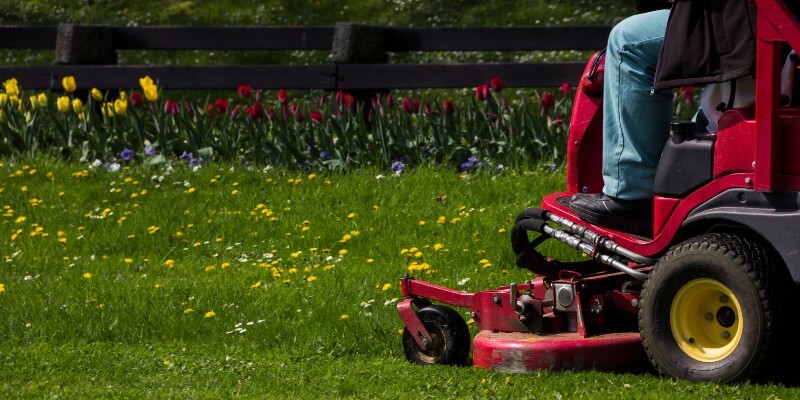
How To Protect Your Trees From Rotting
While it is all fair and well to remove a stump, if you are unsure about what caused the issue and how to prevent it in the future, then it is only likely that you may be faced with the same problem again. One of the ways to not only prevent trees from rotting but also minimise the need to remove them in the first place is to prune them while they are still alive. Pruning comes alongside multiple benefits, such as the following:
- Promotes plant health
- Maintains plants and landscapes
- Minimises damage to your property
- Keeps up with aesthetics
There are four different types of pruning, and the method that is used will depend on the tree in question. This can be arranged with the team, who will be able to identify which solution is best for the issues you are having. The pruning types include:
- Thinning – removes branches at the base, right beside the trunk
- Topping – removes most of the branches right down to the trunk
- Raising – trimming of low-hanging branches
- Reducing – trimming back the volume of a tree for safety reasons
Another method of future-proofing your landscape is applying some fertiliser onto your trees. Fertiliser helps to nourish the trees and surrounding plants by providing them with key minerals required to promote healthy and strong growth. This is vital for the tree, as it minimises the risk of disease, which will, therefore, prevent the need to remove it. You can find out more about the different range of fertilisers and their uses over on Fertilizers Europe.
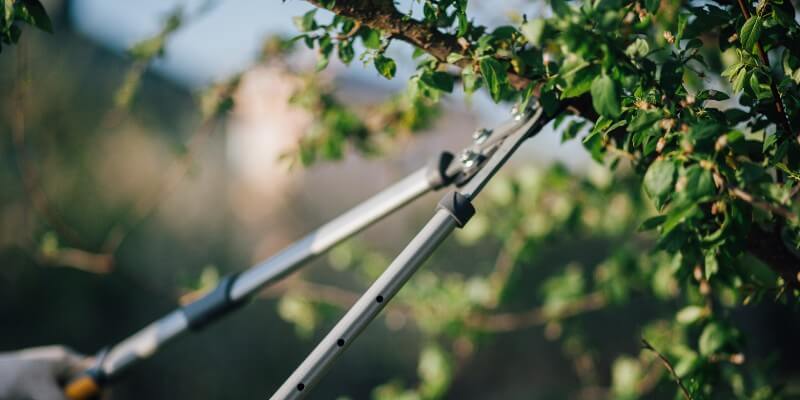
Protect Your Trees From Rotting
In most cases, the best scenario for you and your existing trees is to remove the stump, as this will help to prevent the development of any other, more serious issues to your landscape. However, it is important to make sure that you contact a professional to complete this task on your behalf, as it can be dangerous and cause damage to your property if you attempt to remove a tree stump when its roots have grown far underneath your property. Please feel free to contact our professional team if you require assistance removing a tree stump or are unsure whether your landscape requires maintenance. For more information on the benefits of landscaping for your commercial property, check out our previous article.
